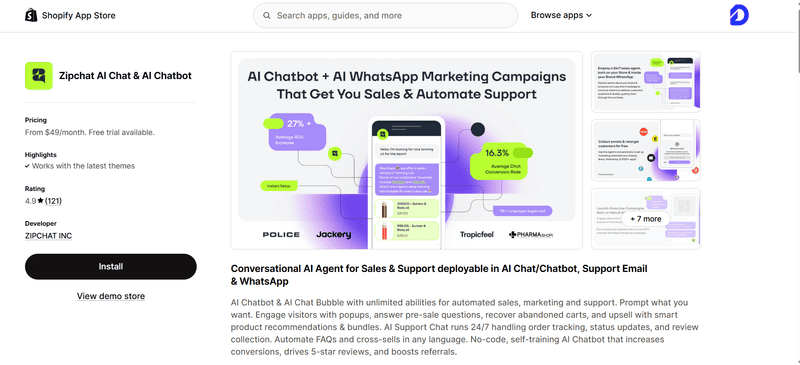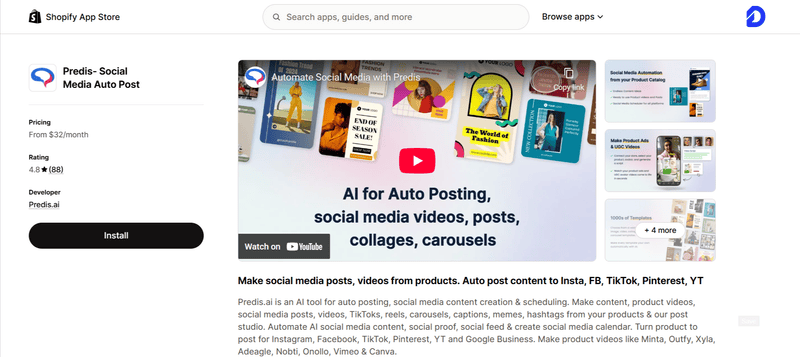
Automobile warranties are critical for Direct-to-Consumer (D2C) automotive brands, offering protection and assurance to customers regarding their vehicle purchases. They’re not just some fine-print promise—they’re your shield against unexpected headaches, courtesy of the manufacturer or dealer. Basically, they’re saying, “If something we made goes wrong within this time or mileage, we’ve got it covered,” for D2C companies, nailing warranty management isn’t only about keeping buyers safe—it’s their chance to shine in a market full of options.
You’ve got your basic warranties, powertrain ones, extended plans, and even certified pre-owned (CPO) deals. Each has its own flavor of protection. Figuring out how they work and shaping them right is everything if a D2C brand wants to win trust and keep customers coming back.
Why Good Warranty Management Matters for Your D2C Brand
1. Set-up New Revenue Streams:
Here’s the thing: a smart warranty plan can fatten up your profits. Add an extended warranty or an annual protection package, and create new revenue streams for your company. People do not mind paying extra when it means they can sleep better at night knowing their car’s covered. It is a great win for them and a boost for your sales.
2. Keeping the Costs in Line:
Not everyone wants warranty expenses eating into their bottom line. That is where good management comes in—clear rules, fraud prevention, and a little data crunching to spot trouble before it hits. I have seen brands saving a bundle just by keeping an eye on claims and planning things ahead.
3. Happy Customers:
A warranty that’s easy to understand and use? That’s gold. When people know what they’re getting and don’t have to jump through hoops to file a claim, they feel good about their choice. Happy customers stick around, and sometimes they even tell their friends. It’s that simple.
See Dyrect in Action
Breaking Down the Types of Automobile Warranties

Basic Warranty
Call it bumper-to-bumper if you like, it’s the starter package. Most of your car’s parts are covered for defects, usually for 3 to 5 years or 36,000 to 60,000 miles. Pretty standard stuff.
What You Get:
- Broad Protection: It’s got your back on most things, though don’t expect it to replace your worn-out tires or brake pads. This is about factory slip-ups, not everyday wear.
- Trust Factor: Offering this says, “We stand by our work.” Customers love that.
- Standout Move: A solid basic warranty can make your brand the one people pick over the competition.
Powertrain Warranty
This one’s for the big stuff—engine, transmission, drivetrain. It usually lasts longer, maybe 5 to 10 years or 60,000 to 100,000 miles.
Why It Matters:
- Key Parts Covered: These are the guts of your car. Expensive to fix, but this warranties got you.
- Long Haul Perk: Perfect for anyone who’s not trading in their ride anytime soon.
- Loyalty Boost: A good powertrain plan shows you believe in your build. That keeps people around.
Extended Warranty
Think of this as an advantage , with extra coverage you can buy when the standard deal runs out. It is flexible, from basic fixes to full-on protection.
The Good and the Bad:
- Upside: Keeps you safe after the initial warranty fades. It could save you from a brutal repair bill. Plus, it’s cash in the bank for the brand.
- Downside: Some folks roll their eyes at the upsell. If it feels like a rip-off, they won’t bite.
- Cash and Connection
- More Sales: Extended plans are a tidy little revenue stream.
- Stickier Customers: Offer protection longer, and people feel tied to you. They’re not going anywhere.
Certified Pre-Owned (CPO) Warranty
This one’s for used cars that get the VIP treatment—inspected, fixed up, and certified. Coverage isn’t as long as a new car’s, but it beats most used-car promises.
What’s Cool About It:
- Checked Out: These cars get a serious look-over, so buyers know they’re solid.
- Extras: Think roadside help or a loaner car—nice touches.
- Buyer Magnet: Appeals to anyone hunting a trusty used ride with a safety net.
Crafting Coverage People Actually Want
Building a warranty that works starts with listening. What’s keeping your customers up at night?
- Ask Them: Surveys, chats—whatever it takes to hear their worries. Maybe it’s repair costs or how long the car will last.
- Cover What Counts: If reliability is their thing, double down on powertrain or big systems. Make it fit.
- Keep It Simple: No one’s got time for jargon. Keep the language simple. Tell them what’s covered and how to use it—plain and clear builds trust fast.
Selling It Right
- Show the Value: Play up the “no worries” angle. Who doesn’t want that?
- Mix It Up: Offer a few levels—cheap, middle, deluxe. People like picking what fits their wallet.
- Time It Well: Mention extended plans when they’re buying or when the basic warranties winding down. Catch them when they’re thinking about it.
Boosting Your Brand with Great Warranties
- Earn Trust: A beefy warranty screams, “We’ve got this.” Look at Apple—they’ve mastered that vibe.
- Reward the Faithful: Toss a deal to repeat buyers or folks who spread the word. Keep them close.
- Share the Wins: Got a customer who’s thrilled as their warranty saved the day? Tell that story. It’s magnetic.
Know More About Dyrect
Checking and Tweaking Your Warranty Game
Don’t just set it and forget it—keep looking under the hood:
- Monitor the Numbers: Claims piling up? Costs spiking? Satisfaction dipping? Those tell you what’s up.
- Test the Fit: Are your plans doing what they should for customers and your goals? Spot the gaps.
- Eye the Competition: How’s your warranty stack up? Stay in the race.
- Staying Flexible with Feedback and Trends
- Hear Them Out: Ask customers what’s working—or not. Reviews, quick polls, whatever gets the scoop.
- Track the Market: New tech or shifting expectations? Keep up.
- Make Moves: Tweak coverage, extend terms—whatever the feedback and trends call for.
Always Getting Better
Learn from Claims: What’s breaking most? Fix the coverage to match.
Roll with Changes: New car tech popping up? Make sure your warranties ready.
Freshen Up: Every so often, revisit your policies. New info, new needs—keep them current.
Conclusion:
Getting your warranty policies right isn’t just paperwork—it’s how you keep customers smiling, grow your revenue, and stay lean on costs. Check them often, listen to your buyers, watch the market, and you’ll have a plan that works for everyone. Pros like Dyrect, who know warranty systems inside out, can make it smoother too. A great warranty doesn’t just protect—it builds a bond and sets your brand up to thrive in this wild automotive world.


